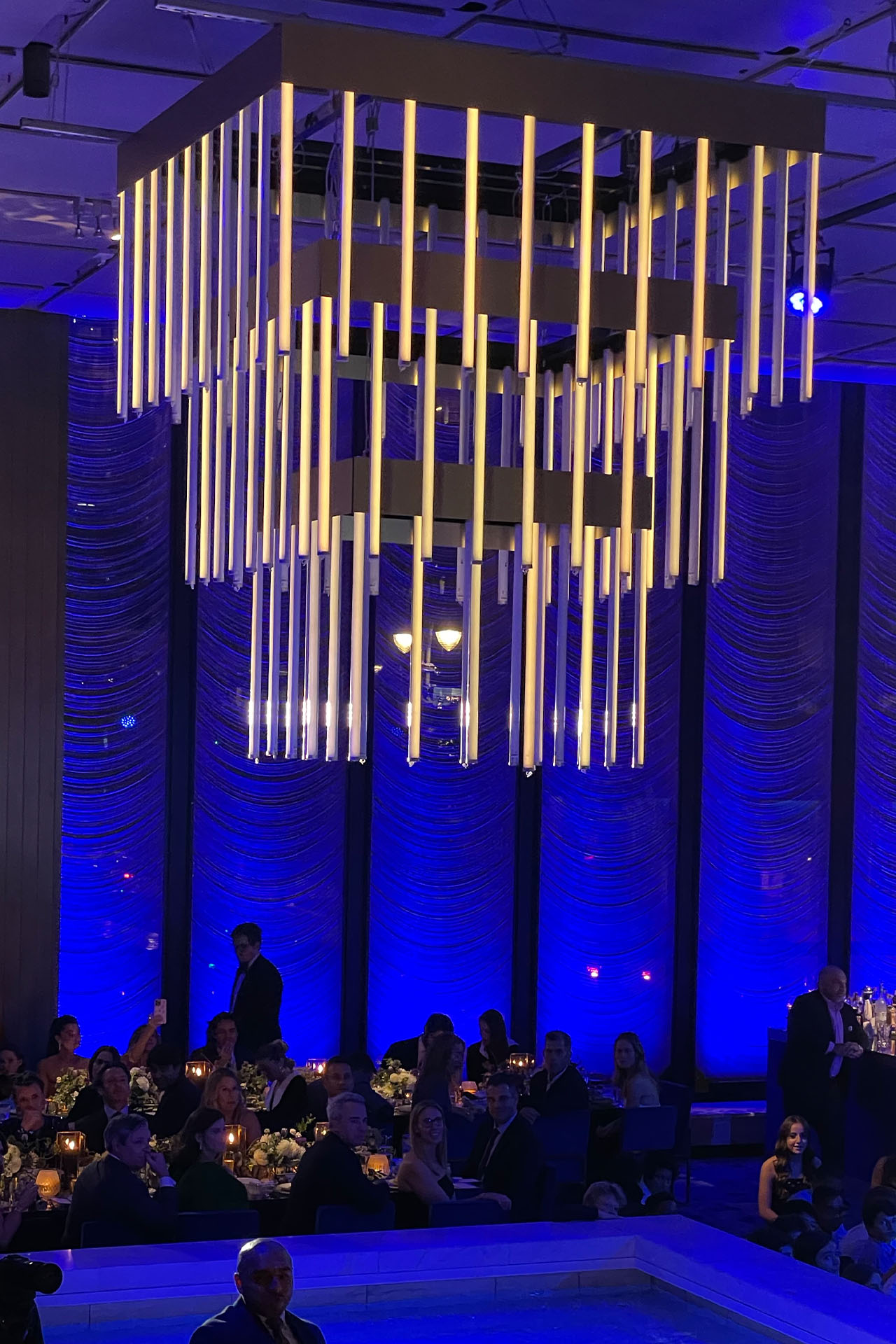One of the key significant benefits of LED video walls is their luminosity. Light Emitting Diode tech produces lively and radiant pictures that can be readily seen in various illumination environments. Unlike traditional projectors, which can have difficulty in brightly lit settings, Light Emitting Diode display screens maintain their clarity and color precision even in well-lit spaces. This makes them ideal for external activities or locations with big openings. The high luminosity levels ensure that the material displayed is always clear, making it simpler for audiences to interact with the data being presented.
In furthermore to brightness, LED display screens provide superior visual clarity. They offer greater resolution and better hue rendering compared to traditional projection technologies. This means that images and footage displayed on an Light Emitting Diode wall appear sharper and more defined. The dot density of LED displays allows for near observation without losing clarity, which is especially crucial in environments like trade fairs or meetings where viewers may be nearby to the display. Furthermore, Light Emitting Diode technology can produce deeper dark tones and more vibrant colors, enhancing the overall aesthetic impression.
Versatility is another important advantage of LED display screens. These systems can be configured in multiple dimensions and shapes to fit different spaces and aesthetic requirements. Unlike conventional projectors, which require a specific spacing from the display to operate properly, LED display walls can be installed in a range of settings. They can be bent, tiled, or even used in creative arrangements to create distinct visual presentations. click this This flexibility allows companies to tailor their display presentations to suit their specific needs, making Light Emitting Diode display screens a versatile choice for any setting.
Maintenance is also a crucial consideration when comparing LED video walls to conventional projector technologies. Light Emitting Diode displays generally require less upkeep over the years. Traditional projectors often need bulb replacements and routine maintenance to maintain peak performance. In contrast, LED technology has a longer duration and does not require regular changes. This lowers downtime and upkeep costs, making Light Emitting Diode display screens a more cost-effective solution in the long run. Companies can concentrate on their displays rather than concerned about the upkeep of their display systems.

Lastly, power conservation is an essential consideration for many organizations. LED display walls consume fewer power compared to traditional projection systems, which can lead to significant savings on energy bills. This is especially beneficial for businesses and venues that operate displays for extended times. Additionally, the reduced power usage of Light Emitting Diode tech contributes to a lowered ecological footprint, making it a more eco-friendly choice. By choosing LED video walls, organizations can enjoy high-quality visual displays while also being mindful of their energy use and ecological impact.
In conclusion, Light Emitting Diode display screens offer many benefits over conventional projector technologies. Their brightness, image quality, flexibility, low maintenance needs, and power efficiency make them an superior choice for modern visual displays. As innovation continues to progress, Light Emitting Diode display screens are likely to become even more prevalent in various settings, providing companies with the resources they require to efficiently communicate and engage with their audiences.